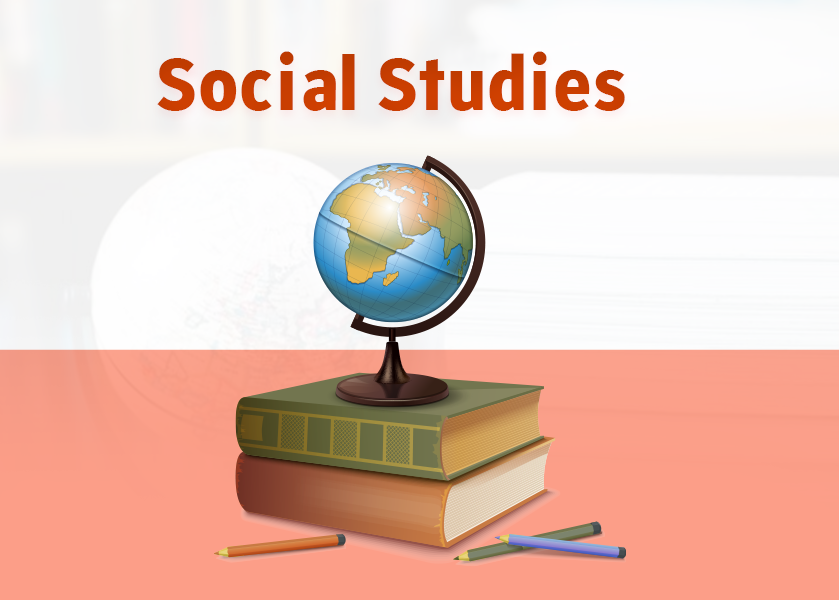Connect With Us

Connect With Us

Australian School Curriculum
After conducting extensive research on the Australian educational system, we created a curriculum that complies with Victorian, Australian, and NSW boards and covers all of the core academic areas along with appropriate instruction and learning-enhancing activities.The goal of the Australian school curriculum is to give pupils the tools they need to succeed in the world after graduation. Foundation to Year 2, Years 3 to 6, and Years 7 to 10 comprise its three levels. Science, math, English, geography, and science are all covered in the curriculum.
- New South Wales (NSW)
- Victoria
- Queensland
Mathematics and Sciences
Mathematics
- Algebra
- Geometry
- Trigonometry Calculus
Sciences
- Biology
- Chemistry
- Physics
- Environmental Science
English and Language Arts
Develop critical reading skills, and explore
the meaning and interpretation of written
texts.
Learn how to write effectively, using
grammatical structures and rhetorical
devices to communicate your ideas with
clarity and precision.
Develop your ability to express yourself
clearly and listen to others, using language
effectively in a range of contexts and
situations.
Study the structure and conventions of
language, including vocabulary, grammar,
and syntax.
Humanities and Social Sciences

History
Learn about significant events and people from the ancient world to modern times.

Geography
Explore the physical and human geography of the world, and the relationships between people, places, and environments.

Social Studies
Examine the interactions between individuals, groups, societies, and cultures, and the patterns and structures of social systems.
Arts and Music
Art
Music
Programming and Computer Science
Programming Fundamentals
Learn the essential computer programming concepts, including algorithms, data structures, and coding basics.
Web Development
Study interactive web design, including HTML, CSS, and JavaScript, and learn how to create dynamic, engaging websites.
Game Design
Build 2D and 3D games and gamify learning and skill acquisition.
Extra Curricular Activities

Abacus
Abacus practice sharpens problem-solving abilities and boosts overall mental agility, making it a valuable tool for holistic brain development in learners of all ages.

Vedic Maths
Vedic Mathematics simplifies and expedites arithmetic and algebraic calculations. Its methods are based on sixteen sutras (aphorisms) and various sub-sutras, offering efficient approaches to solving mathematical problems.

Chess
Playing chess enhances cognitive skills such as critical thinking, problem-solving, and strategic planning. It improves memory, concentration, and pattern recognition.
Types of Entrance Exams in Australia
Australia offers various types of entrance exams for students intending to pursue higher education.
Selective School Exam
Exams that are designed to help students prepare for entrance exams to particular institutions are called “selective school practice tests” or mock exams. The reason for selective admissions to schools is the student’s academic potential, which is usually evaluated through a competitive admissions process. Advanced and specialized academic programs are often offered by these schools. Important subjects taught include verbal reasoning, English, math, and occasionally non-verbal thinking. Students can improve their skills and become more familiar with the types of questions they may encounter on the real exam by taking these practice tests.
NAPLAN Exams
NAPLAN is the acronym for the National Assessment Program-Literacy and Numeracy. Students are assessed using NAPLAN in four primary domains: reading, writing, numeracy, and language norms (spelling, grammar, punctuation).
Levels of Grading: Students are required to take the exams in years 3, 5, 7, and 9. The purpose of selecting these years was to assess the children’s development at pivotal years in their elementary and secondary education.
OC Exam
The purpose of the OC Exam is to find students who would gain from being placed in an Opportunity Class. The content in these classes is more rigorous and varied to fulfill the needs of students who are academically advanced. Typically, in Year 4, students take the OC Exam. If they pass, they are placed in an Opportunity Class for Years 5 and 6. Students who might benefit from a more rapid and rigorous learning environment are the target audience for the program. Students are evaluated on reading, math, and general skills in the OC Exam.
UCAT Exam
The purpose of the UCAT is to evaluate a variety of cognitive skills, attitudes, and behaviors that are thought to be necessary for admission to dentistry and medical schools. It attempts to offer a statistic that is consistently applied to help choose people who have the skills and personality most appropriate for these industries.The UCAT is divided into multiple subtests that evaluate various aspects of cognitive functioning. Verbal Reasoning, Decision Making, Quantitative Reasoning, Abstract Reasoning, and Situational Judgment Test (SJT) are some of the disciplines included in the UCAT.
Benefits of a Well-Designed School Curriculum
A well-designed school curriculum can prepare students to meet the challenges of the real world. It can help
students develop the necessary competencies for leadership, problem-solving, communication, teamwork,
and more. Schools with well-designed curricula can help students become more intellectually curious,
independent, and resilient.
Leadership Skills
- Develop strategic thinking and decision-making skills
- Learn effective communication and negotiation techniques
- Apply new knowledge in practical situations
Problem-Solving Skills
- Develop analytical thinking and problem-solving skills
- Learn how to identify and define problems
- Apply different problem solving strategies to various situations
Teamwork
- Develop inter-personal and communication skills
- Learn how to collaborate with others on projects
- Work as a team to achieve goals
Preparing for Entrance Exams
The secret to getting into Australia’s best institutions is to prepare well. Students can appropriately prepare for these exams by using the helpful advice in this area. Students can improve their chances of success by heeding these suggestions.
1.Make a study program and get started early.
2.Become familiar with the questions and format of the exam.
3.Create exam-like settings and circumstances to increase stamina and reduce anxiety.
4.Consult with peers and experts for advice and comments.
5.To lessen stress, keep up a balanced and healthful lifestyle.
Strategies for Success in Entrance Exams
This section highlights some strategies that can help students succeed in their entrance exams. By keeping these strategies in mind, students can improve their confidence and focus during exams and achieve better
results.
Time Management
- Allocate time for each question according to its weightage.
- Monitor the time spent on each question and adjust when necessary.
- Don’t get stuck on a single question and skip it if necessary.
Effective Reading
- Read through instructions and questions carefully.
- Highlight or underline important information.
- Attempt the easy questions first to gain momentum.
Answering and Reviewing
- Answer concisely and accurately.
- Check calculations and answers before submitting.
- Review unanswered questions and utilize extra time at the end.
Resources for Effective Exam Preparation
This section highlights some key resources that students can utilize for effective exam preparation. By
leveraging these resources, students can improve their performance and increase their chances of success.
Practice Tests
Books and Study Materials
Learning Areas
Science
Arts & Humanities
Physics
Chemistry
Maths
Biology
ENGLISH
Accounting
Economics
ICT
Business study
Social science
Learning Areas
Science
Arts & Humanities
Entrepreneurship
Engineering
Technolog
Sports & Wellbeing
Maths & Thinking Skills
Communication & Media
What's Included
Developed By Experienced STEM And Enterprise Educators, All Our resources make it easy to deliver Entrepreneurship Education-in person or virtually. Enrolling Gives you Free Assess To:
- Printable Lesson Plans
- IO eLearning Modules
- Online Classroom
- Learning Hooks
- learning goals
- Printable Lesson Plans
- IO eLearning Modules
- Online Classroom
- Learning Hooks
- learning goals
Why join us
At Kiya Learning, we have a team of experienced and enthusiastic professionals who are always ready to connect and guide young learners and engrave good learning and qualities in them. We provide online tuition for all the academic subjects with co curricular activities like dance, music, yoga etc. We are invested in teaching foreign languages like German ,French, Spanish etc. to make our children globally competitive. We organise different competition between our students so they can apply whatever they have learnt in the classes.
Our cirriculum

The Australian Curriculum is a national curriculum for all primary and secondary schools in Australia. . The curriculum is developed and reviewed by the Australian Curriculum, Assessment and Reporting Authority
The Victorian Curriculum F–10 sets out what every student should learn during their first eleven years of schooling. The curriculum is the common set of knowledge and skills required by students for life-long learning, social development and active and informed citizenship.
NSW school curriculum not only focuses on the academics but on the skills that are essential for the students after school also
Join kiya Learning kiya Learning kiya Learning
Are you seeking a dynamic and enriching educational experience that aligns with the Australian curriculum? Look no further! Kiya Learning is your dedicated partner in fostering academic brilliance and personal growth.
